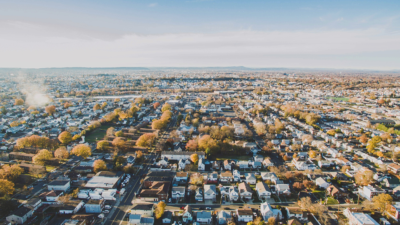
Sign up for smart news, insights, and analysis on the biggest financial stories of the day.
Here’s a feel-good story for homeowners. For prospective homeowners? Not so much.
According to a report released Wednesday by the National Association of Realtors, the U.S. housing market is experiencing a shortage in the range of 5.5 million units. The industry group is imploring Washington to include massive housing investments in infrastructure spending, contending the deficit will take a “once-in-a-generation” response to overcome.
Short on Supply, High on Demand
The U.S. has tacked on about 1.2 million new housing units every year from 2001 to 2020, a significant step down from the 1.5 million average from 1968 to 2000, according to the NAR.
Even with the 2008 housing crisis well in the rearview, its erosion of homebuilding has exacerbated today’s multimillion-unit housing shortage, boosting prices to historic levels:
- The shortfall cuts across all housing types: there’s a deficit of 2 million single-family homes, 1.1 million units of 2-4 family buildings and 2.4 million units of 5+ family buildings, according to the NAR.
- The scarcity has helped push median prices for existing homes up 19%, to a record high of $341,600 in the last year.
“The scale of the problem is so large,” David Bank, one of the report’s authors, told The Wall Street Journal. “We need affordable, we need market-rate, we need single-family, we need multifamily.”
So What Can Be Done? Housing experts are calling for a robust policy response. Many of their suggestions – expanding tax credits for low-income rentals, reducing housing density limits in suburbs, upping incentives to renovate distressed properties – are included in President Biden’s infrastructure proposal. But that still faces big hurdles in congress.
Building Confidence: Even as available housing dwindles, the HMI Index – which measures builder confidence – is slipping. It dropped 2 points to 81 this week, down from a record peak of 90 in November. Lumber prices, while still up there with diamonds and caviar, have fallen 10% in their biggest ever weekly decline. That should build some confidence, at least.











